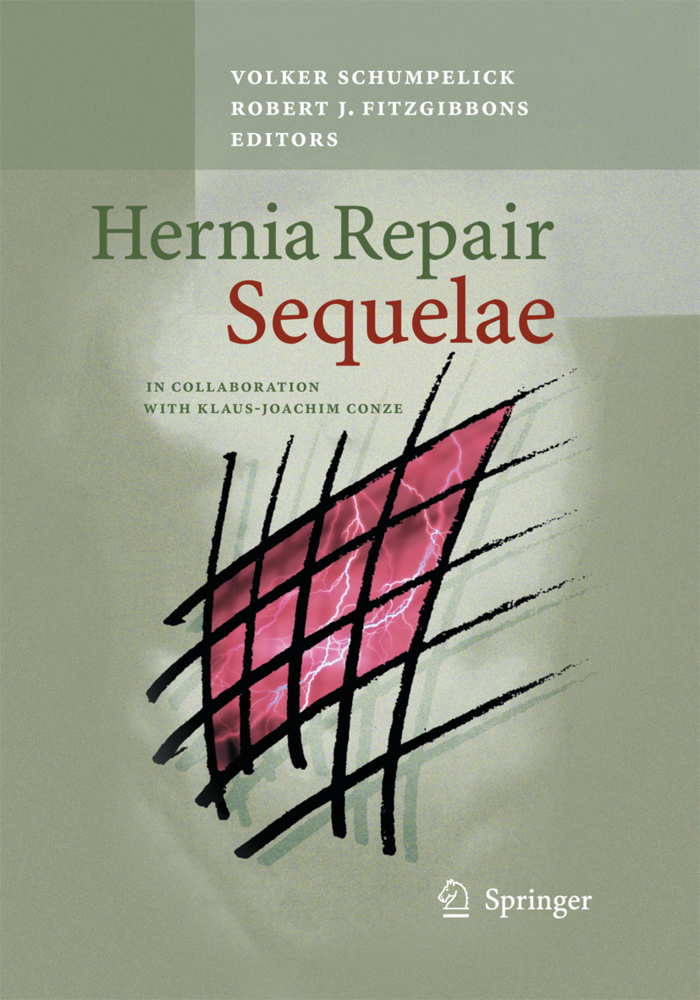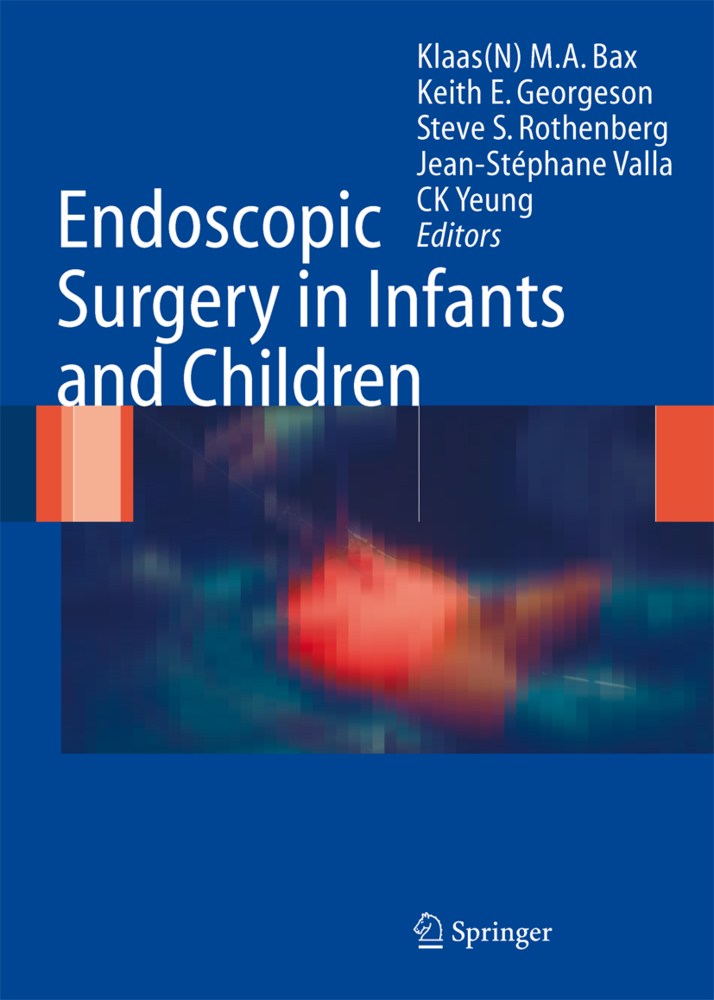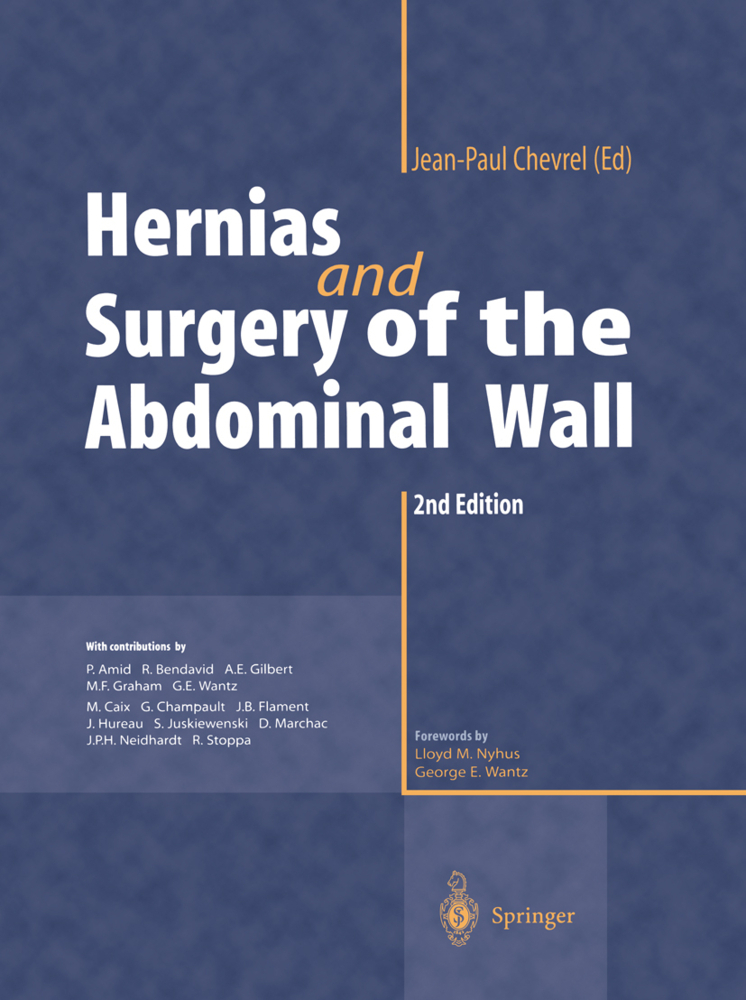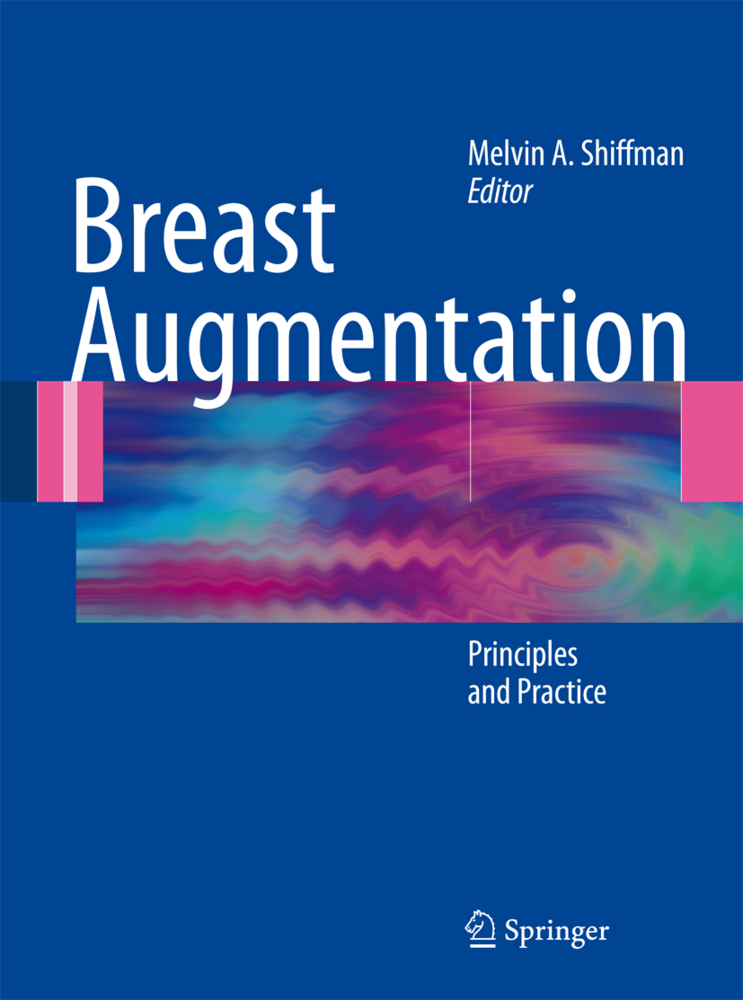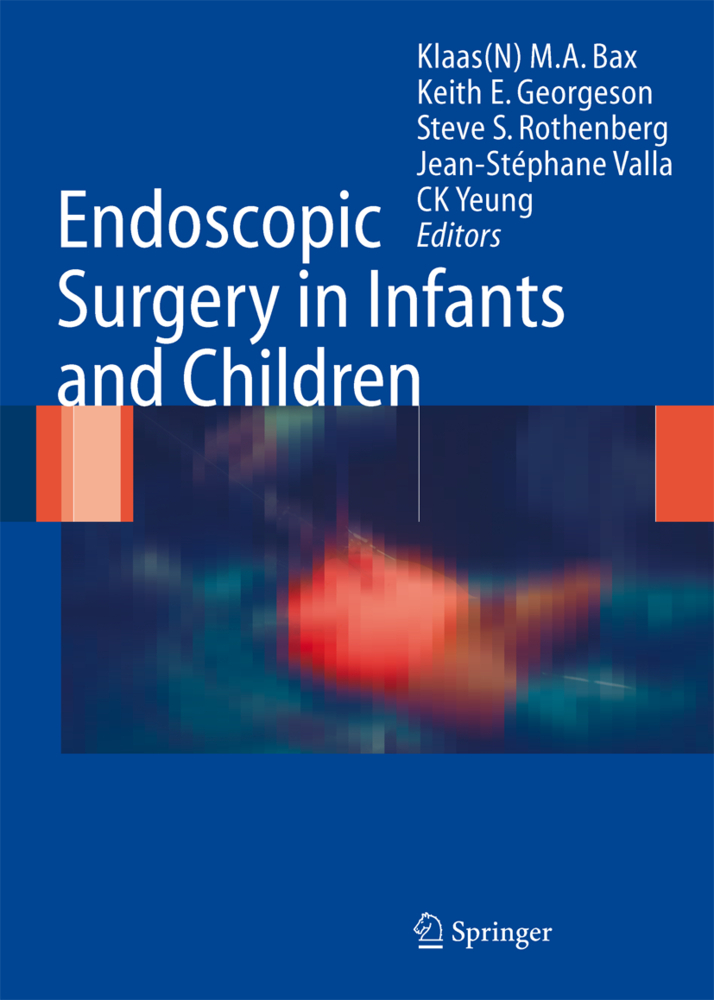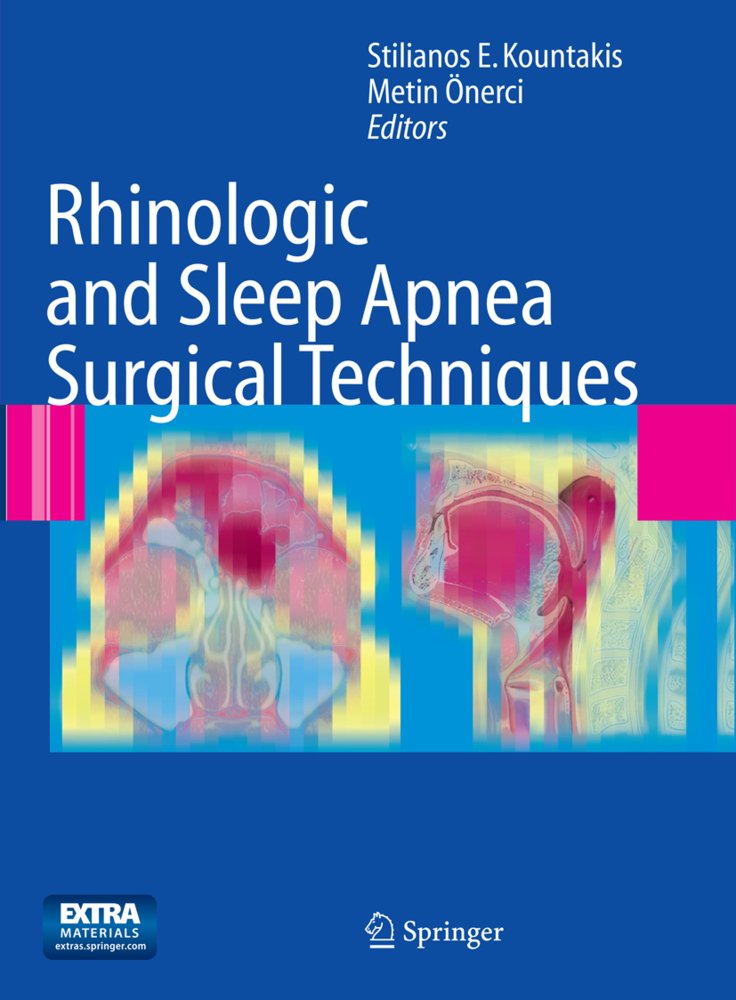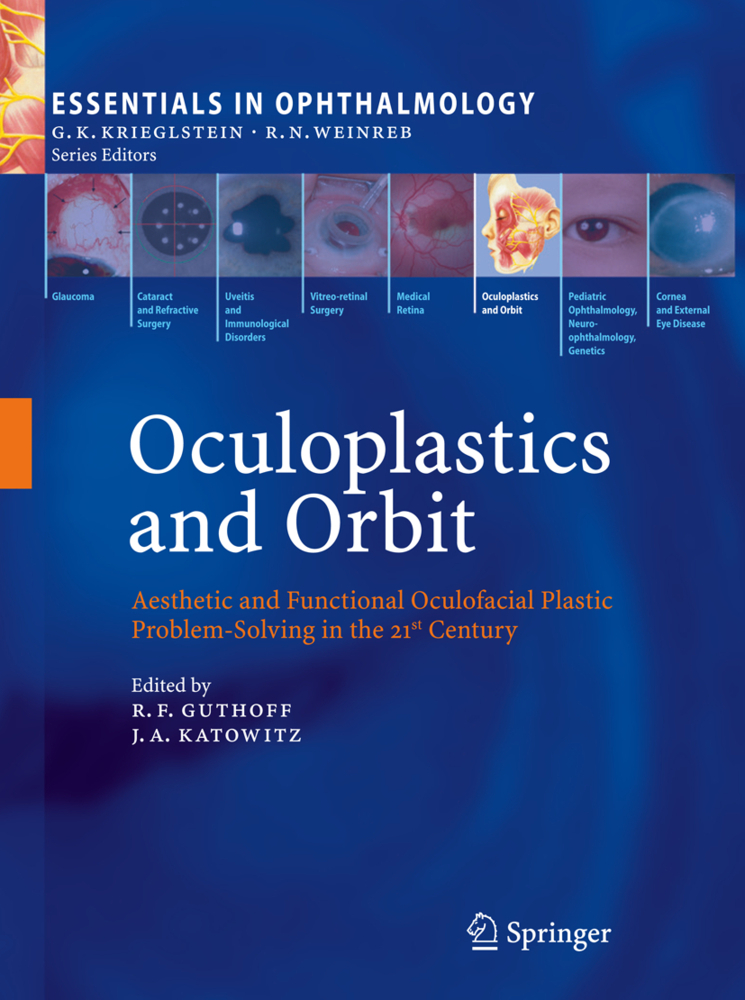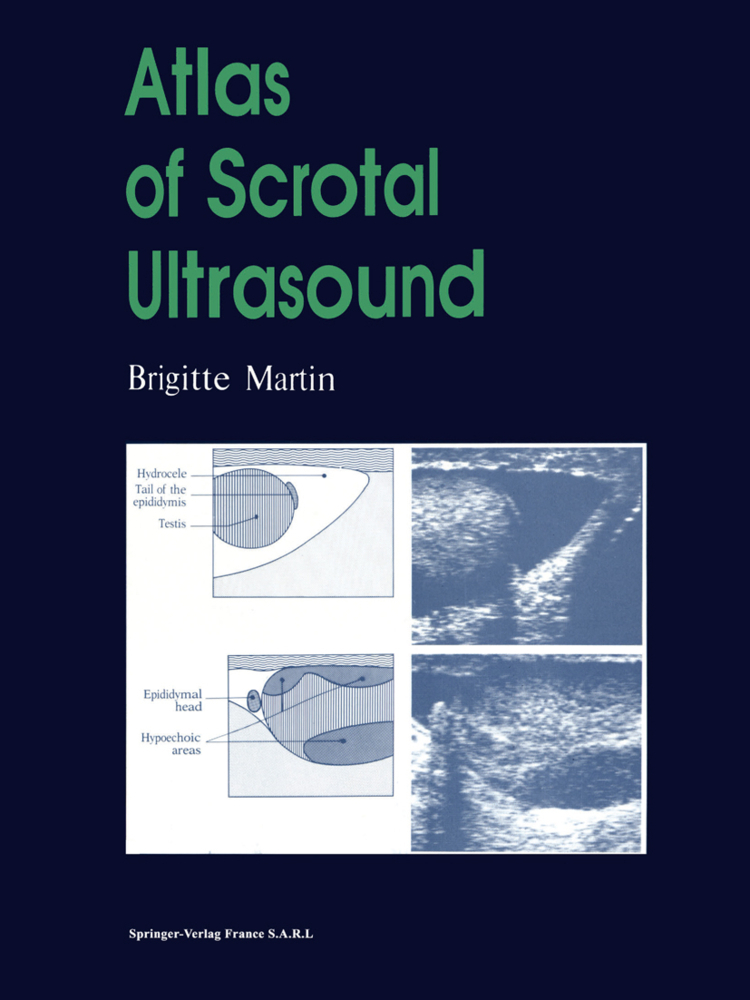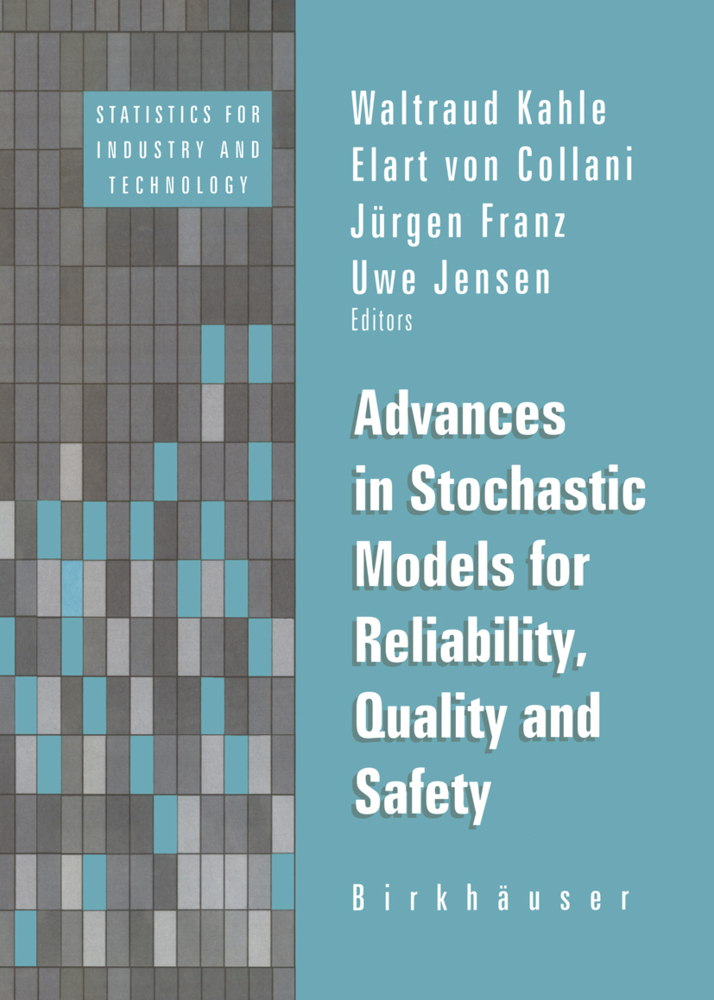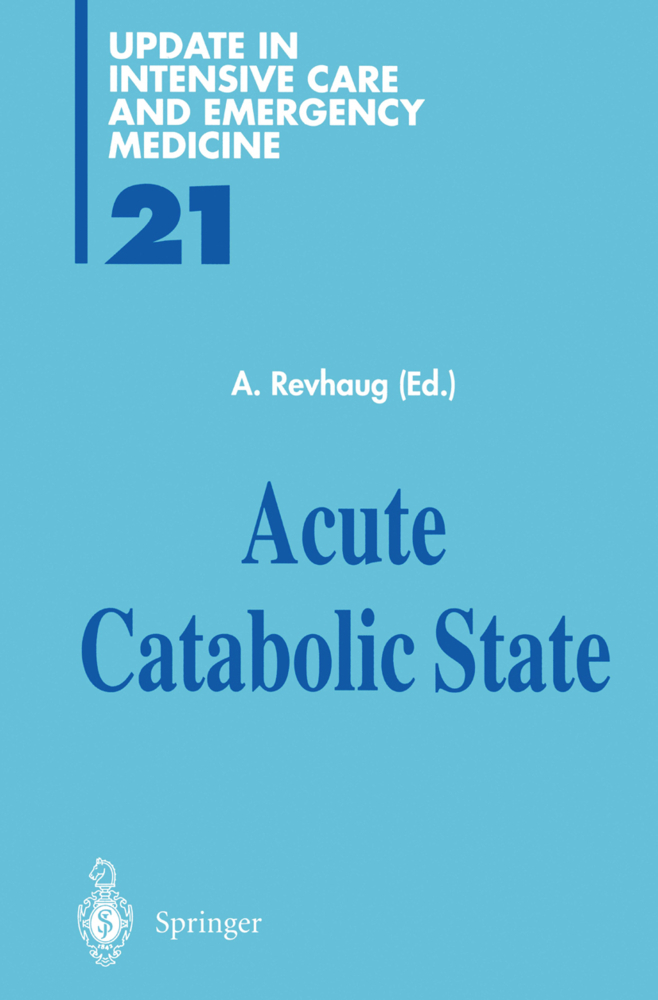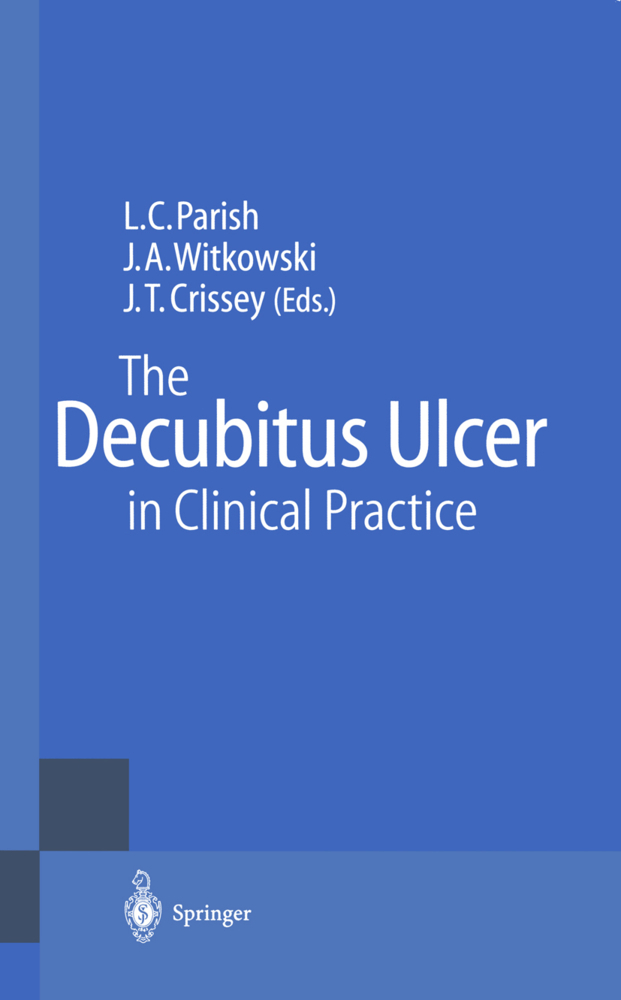Hernia Repair Sequelae
Hernia Repair Sequelae
Even the best hernia repair can result in postoperative difficulties for the patient caused by repair sequelae as for example pain, infertility, infection, adhesion and dislocation of the protheses. That can happen many years later and now, where the general principle of hernia repair is well understood all over the world, these sequelae are noticed more and more. To define them, to evaluate the absolute and relative risk of these sequelaes and to describe the ways of their prevention, diagnosis and treatment, the 5th Suvretta meeting had focussed on this subject. We discussed if there's a principle risk by technique, material or both. The results of these discussions and the future handling and evaluation of this problem was the aim of this meeting. Even the best method can be made better by optimization of its single components.
Even the best hernia repair can result in postoperative difficulties for the patient caused by repair sequelae such as pain, infertility, infection, adhesion and dislocation of the prostheses. This can happen many years later, and now that the general principle of hernia repair is broadly understood all over the world, these sequelae are being noticed more and more. The 5th Suvretta meeting was held in order to define these sequelae, to evaluate the absolute and relative risks they pose, and to discuss the methods of their prevention, diagnosis and treatment. We discussed whether the principal risk was related to technique, material or both. This discussion and the future approach to and evaluation of this problem were the aims of the meeting, working on the premise that even the best method can be made better by optimizing its individual components.
From the contents: I. Risk for the Spermatic Cord
II. Risk for InfectionIII. Risk for Pain
IV. Risk for Adhesion
V. Risk for Migration and Erosion
VI. Strategy to Improve Results
VII. Pro and Contra.
Schumpelick, Volker
Fitzgibbons, Robert J.
| ISBN | 978-3-642-42372-7 |
|---|---|
| Artikelnummer | 9783642423727 |
| Medientyp | Buch |
| Copyrightjahr | 2014 |
| Verlag | Springer, Berlin |
| Umfang | XIII, 529 Seiten |
| Abbildungen | XIII, 529 p. |
| Sprache | Englisch |

